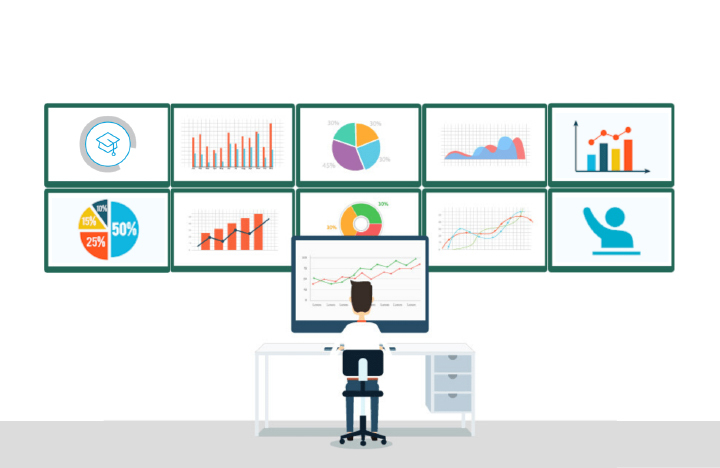In the ever-evolving landscape of technology, where digital assets play a pivotal role in business operations, the significance of Software Asset Management (SAM) has become more pronounced than ever. As we step into 2024, organizations are recognizing the critical role that efficient SAM plays in enhancing productivity, mitigating risks, and optimizing costs.
1. Maximizing Efficiency:
Effective Software Asset Management ensures that organizations have a clear understanding of their software inventory, licenses, and usage. This knowledge allows for streamlined operations, preventing redundancies and ensuring that employees have access to the right tools for their tasks. By optimizing software deployment and usage, companies can maximize efficiency and improve overall productivity.
2. Cost Optimization:
In an era where cost-effectiveness is a key business driver, SAM helps organizations optimize software licensing, avoiding unnecessary expenses. By identifying underutilized licenses or eliminating redundant applications, businesses can make informed decisions to reduce costs. SAM provides the insights needed to negotiate favorable licensing agreements and avoid penalties for non-compliance.
3. Risk Mitigation:
Cybersecurity threats continue to evolve, making it crucial for organizations to maintain a secure software environment. SAM plays a pivotal role in risk mitigation by ensuring that software is up-to-date with the latest security patches and updates. Additionally, it helps in identifying and addressing vulnerabilities, reducing the risk of cyberattacks and data breaches.
4. Compliance and Governance:
In an era of increasing regulations and compliance requirements, SAM helps organizations stay on the right side of the law. Whether it’s industry-specific regulations or software vendor agreements, SAM provides the tools to monitor and enforce compliance. This not only protects organizations from legal consequences but also fosters a culture of responsible software usage.
5. Future-Proofing:
As technology continues to advance, organizations must be prepared for changes in software requirements. SAM facilitates future-proofing by providing insights into the lifecycle of software applications. This foresight enables businesses to plan for upgrades, migrations, and transitions, ensuring that they remain agile and adaptable to technological advancements.
In conclusion, as we navigate the complexities of the digital age in 2024, Software Asset Management emerges as a strategic imperative for businesses. It goes beyond cost control, extending its influence into efficiency, risk management, compliance, and future-proofing. Organizations that prioritize SAM are better positioned to thrive in the dynamic and competitive landscape of the modern digital era.

Comments
Leave a comment